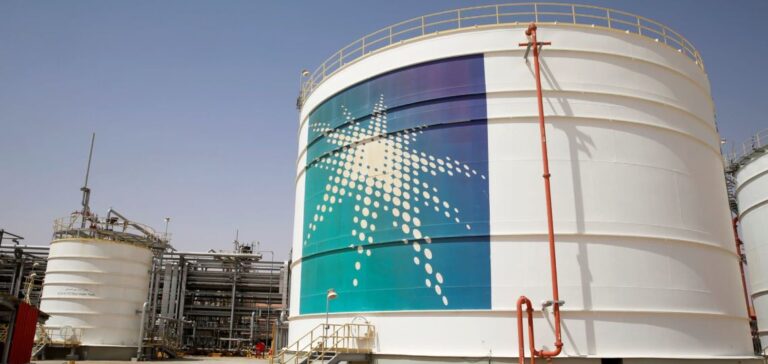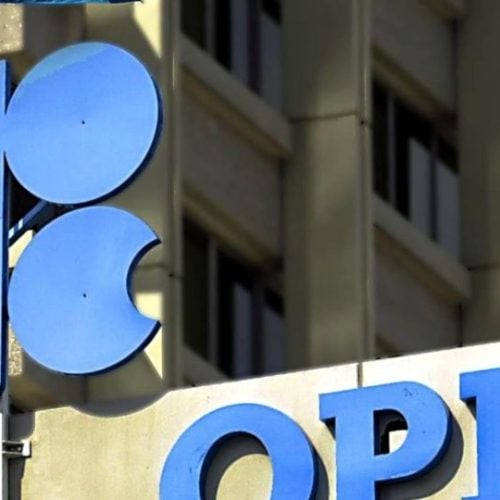The recent collapse of Bashar al-Assad’s regime in Syria has triggered an immediate suspension of Iranian oil exports to the country. This situation jeopardizes not only Syria’s energy supply but also one of the few outlets for Iran’s heavily sanctioned oil.
According to ship tracking data, the tanker Ramona I, part of Iran’s clandestine fleet, left Syria’s Mediterranean coast on December 2 after delivering one million barrels of crude. Another tanker, the Lotus, was observed turning back in the Gulf of Suez, loaded with crude oil, as rebel forces took control of Damascus. Both tankers, identified by the U.S. Energy Information Administration last October, are critical to Iran’s export operations.
Context of Oil Exports
Before the regime’s collapse, Iran was shipping between 50,000 and 80,000 barrels per day (b/d) of crude to Syria. These shipments, primarily carried out via Suezmax tankers, were destined for Syria’s two refineries: Banias (120,000 b/d) and Homs (107,100 b/d). However, significant damage and reduced demand have lowered their operational capacity to around 70,000 b/d, covering less than half of Syria’s refined product needs.
Syria’s Energy Dependency
Since the start of the civil war in 2011, Syria has increasingly relied on Iranian imports to meet domestic consumption. Its oil production, which once reached 400,000 b/d before the conflict, has plummeted to 20,000 b/d by 2024. Domestic consumption, previously at 305,000 b/d, has also fallen to 163,000 b/d due to the country’s economic collapse.
Meanwhile, local reports indicate that Iranian-aligned militias have supplemented crude supplies by engaging in illegal oil trafficking from western Iraq and oil fields under Kurdish control in the Hasaka and Deir ez-Zor provinces.
Interrupted Energy Projects
Before the political crisis, Iran and Syria had envisioned several energy cooperation projects. In 2017, a $2.6 billion contract was signed to construct a 140,000 b/d refinery near Homs. Although feasibility studies were completed in 2022, work never commenced. Additionally, plans to rehabilitate the Banias refinery, scheduled after the Homs project, remain stalled.
The halt in Iranian oil deliveries and the uncertainty surrounding Syria’s energy infrastructure raise significant questions about the sustainability of energy supplies in a region already mired in humanitarian and economic crises.



























